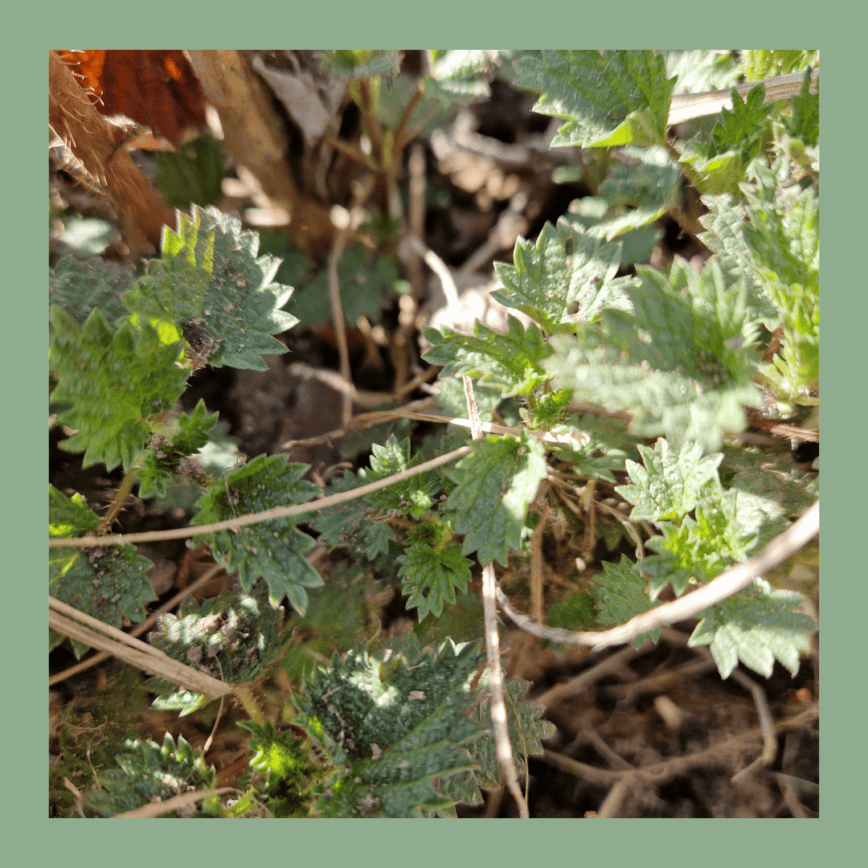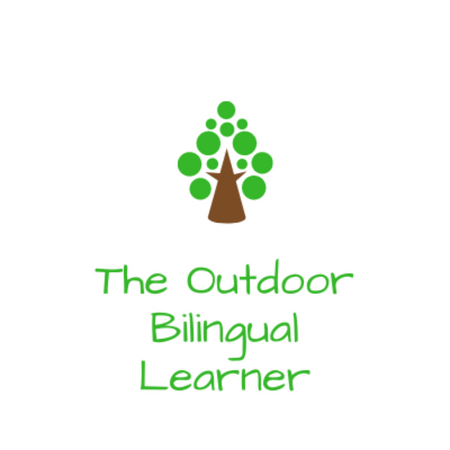
Spring Foraging Nettles
Spring has finally arrived, and so have budding leaves, bird song and new nettle leaves!
Nettles are one of the first items that come to life in spring that can easily be foraged with children as long as they are wearing gloves!
Please do not forget some simple foraging rules before you start.
- Never forage close to main roads
- Be careful that the plants have not been sprayed with pesticides.
- Only pick the part of the plant that you need.
- Always forage with an adult.
- Are there any speific rules about foragin in your area?
- Please do not pick rare plants.
 Nettles are sometimes overlooked due to their sting, and I know I have memories of falling into nettles whilst riding my bike and trying to find the nearest doc leaf to rub on those white itchy bumps to try and soothe the stinging.
Nettles are sometimes overlooked due to their sting, and I know I have memories of falling into nettles whilst riding my bike and trying to find the nearest doc leaf to rub on those white itchy bumps to try and soothe the stinging.
However these stingers have also got some real super powers, and in my mind can be classified as a ‘Superfood’ as these small leaves are packed with vitamins, minerals, magnesium, potassium and iron and can not only be cooked in various ways but are also known to have some pretty big health benefits.
So what can we make from neetles that is really easy and also tastes good I hear you say. Well here are a couple of recipe ideas for you to take a look at.
Nettle Tea
Just take some leaves and add them to some hot water ad leave for 3-5 minutes. This tastes a little bit like vegetable broth
Tip for Mums – if you suffer from menstrual or menopause problems sit yourself down with a nice cup of nettle tea relax and feel nature work its magic!
Nettle Soup
- 1 onion
- 1.5 Tablespoons of vegetable oil
- 2 cloves of garlic
- 200g diced potatoes
- 250g nettles
- 1 teaspoon Vegetable bouillon powder
- Salt and pepper to season
Start by frying the onions and garlic in the oil. Then add the water vegetable bouillon and nettles and stir well. Add the potatoes and cook until tender. Take off the heat and then either blend or half blend to the soup has the consistency that you wish, and season to taste – enjoy!
If you have seen my reel on Instagram ( if not check it out here ) you have also probably seen that I said that you could also cook nettles as you would spinach also adding a dash of cream!! I also added it to homemade pizza as a topping but you can also add them to omletes, scrambled eggs and lots more.

Here is my pizza base recipe for you.
- 910g Pizza Flour
- 20g salt
- 500ml Warm water
- 1/2 espresso cup of olive oil
- 1 cube of fresh yeast
Mix all of the ingredients together and leave to rise for approx. 1.5 hours. Then cut the dough in half to roll out to large pizzas and top them as you choose.
So what are you waiting for. Get your gloves on and go pick some nettles – I would love to know how you used them!
If you are looking for other easy foraging plants to do with your children have a look at my book ‘The Outdoor Bilingual Learner’ that has a chapter dedicated to foraging Look here
Rachel x


